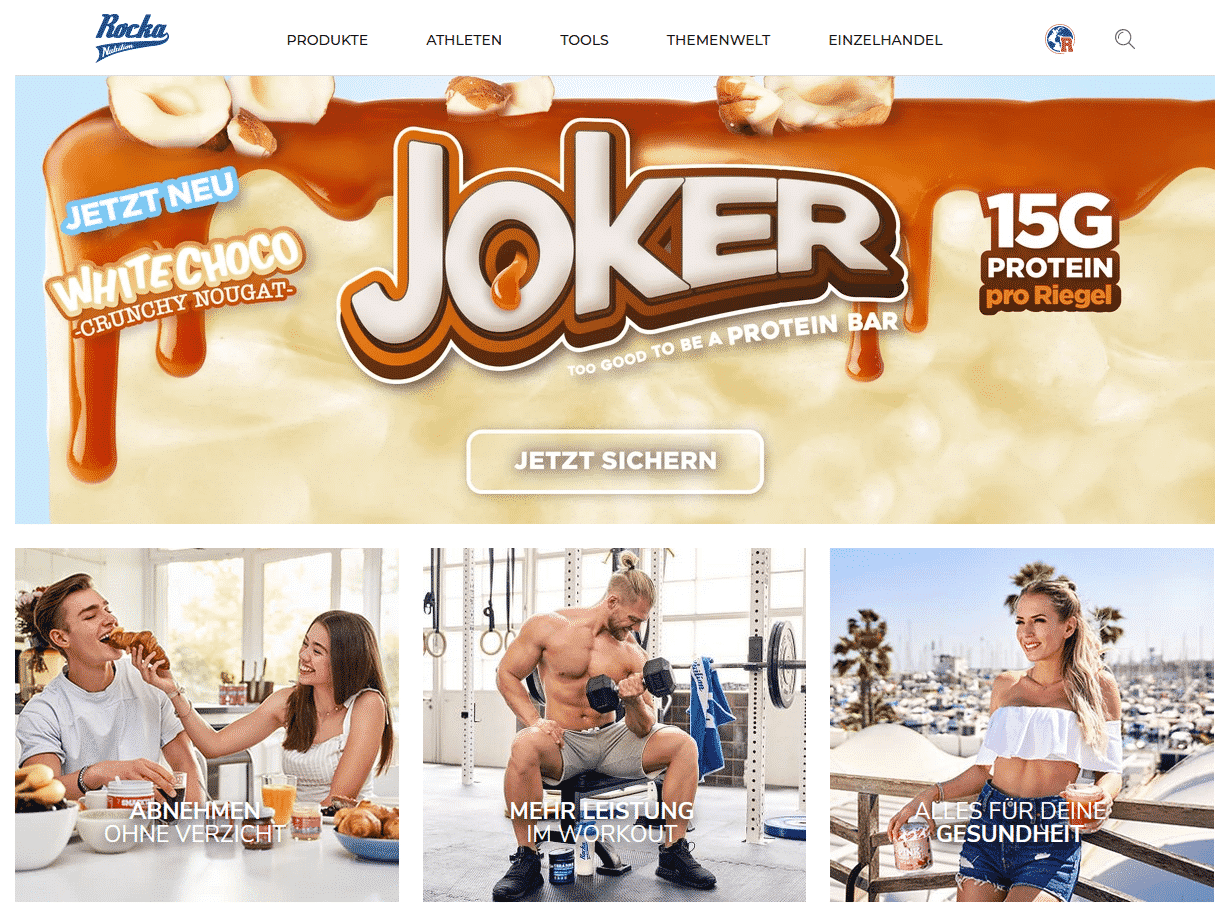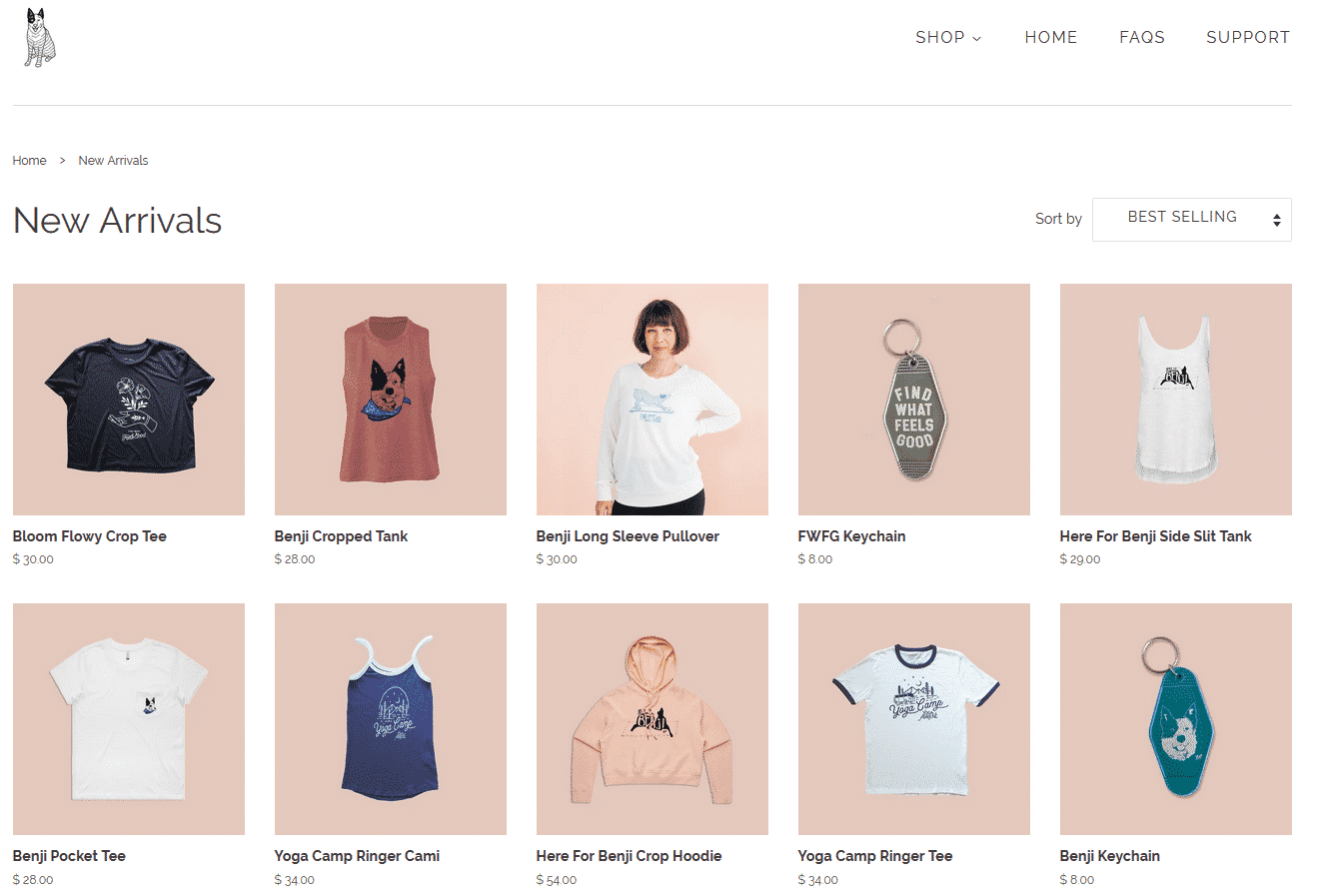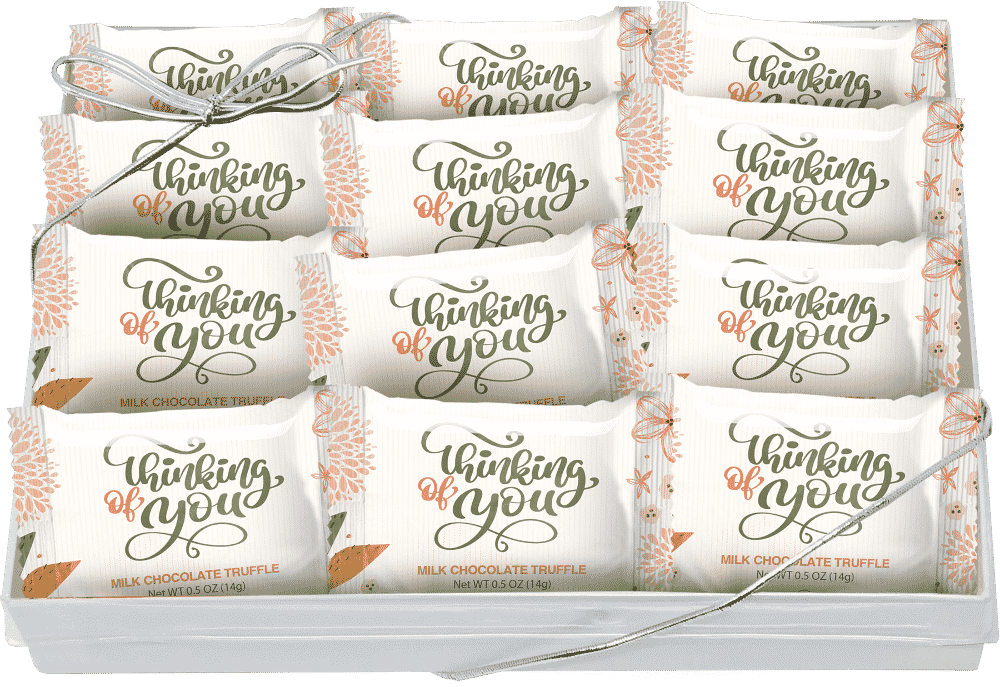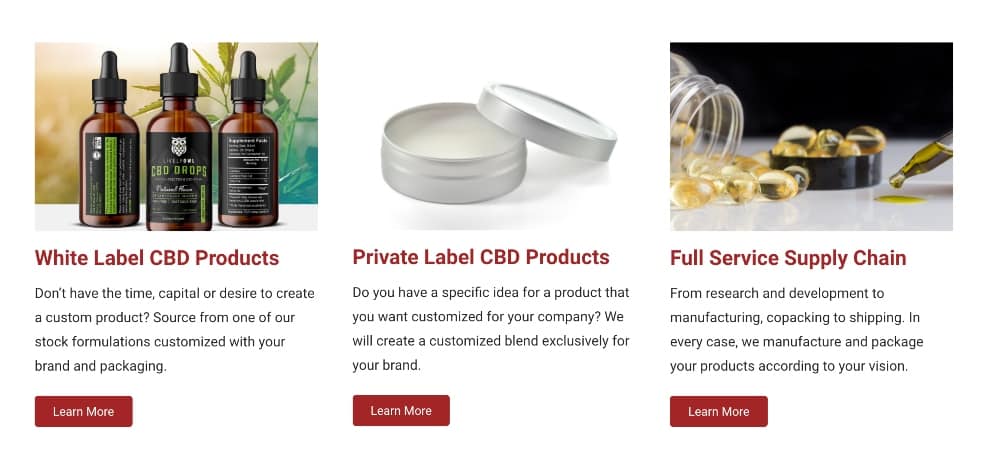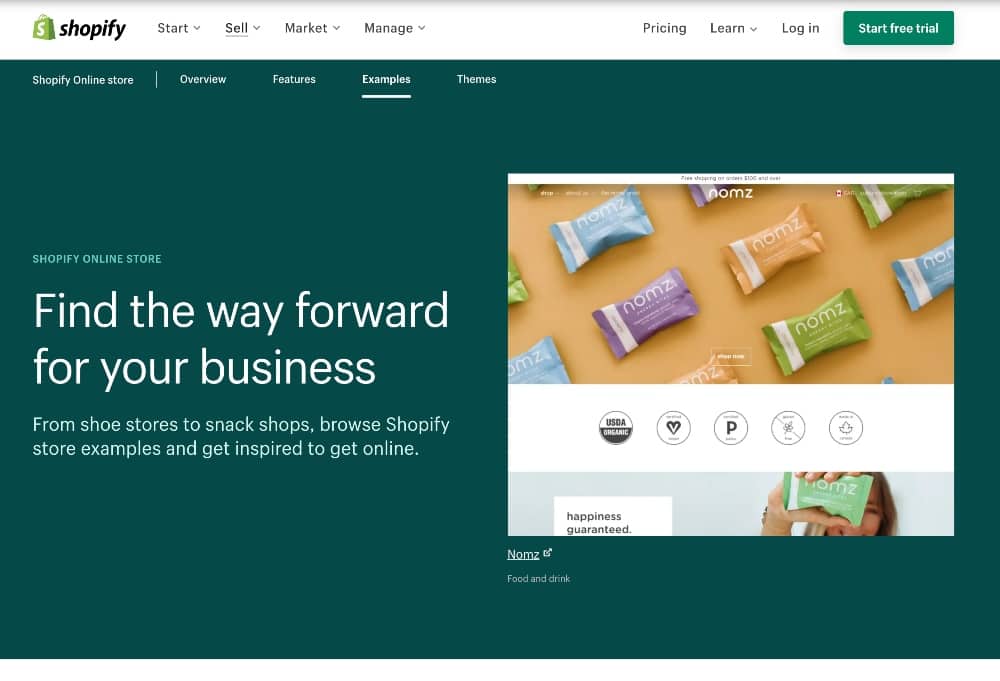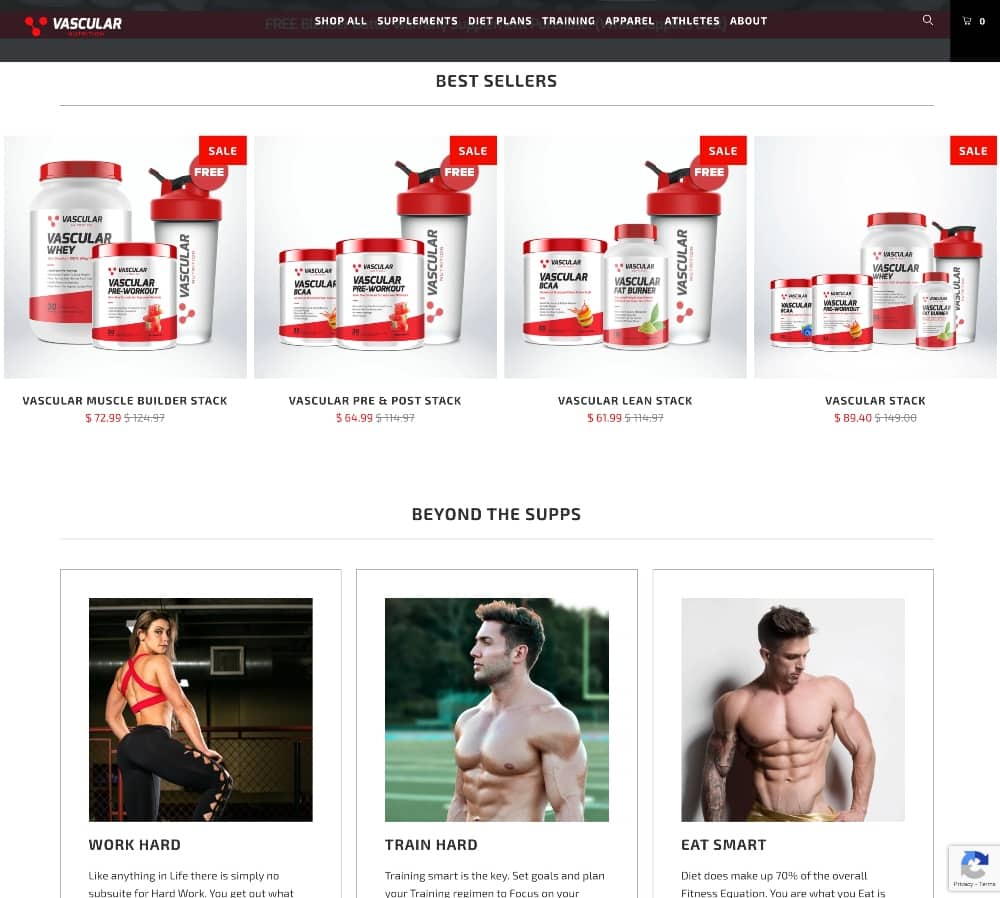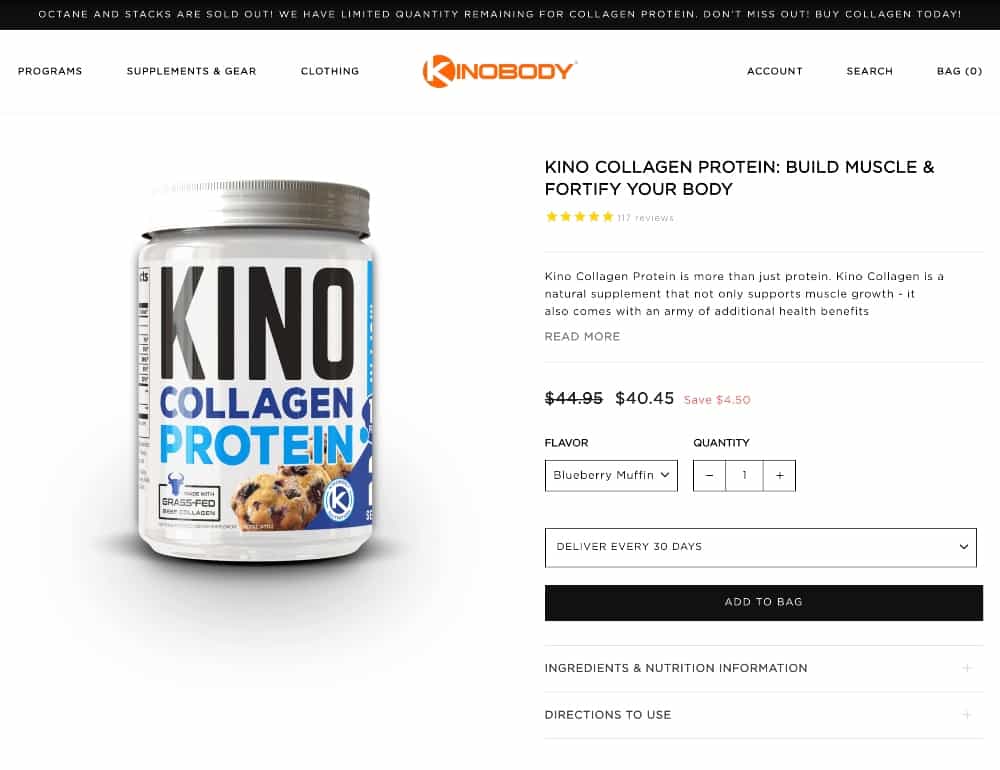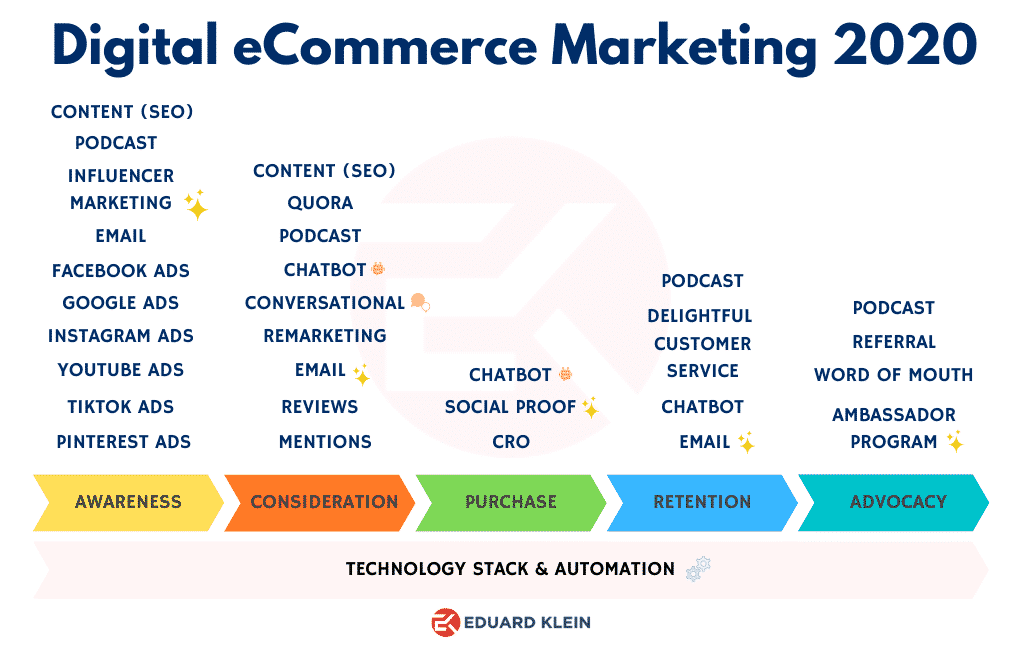This article has been contributed by Eduard Klein.
Whether you’ve been running your YouTube channel for a while or have only just started it, you’ve likely thought about different ways to monetize your videos. You might even have tried a few strategies.

One of the most effective ways you can monetize your YouTube videos is with private label products. In this article, we’ll explore what private-label goods are, how you can develop them, and how you can sell them using YouTube.
Let’s dive in!
What Are Private Label Products?
Private label selling is a type of eCommerce business where you sell products under your own brand name.
Shopify describes private label products as products “manufactured by a contract or third-party manufacturer and sold under a retailer’s brand name”. In other words, you commission a product to be designed and made to your specifications, and then sell it under your business name.
This strategy is different to selling a white label generic product or selling products from a third party under the manufacturer’s name (or another retailer’s brand).
You’ll get to choose everything from what’s in your own brand products to how the packaging looks. You will pay to have the products produced, and then sell them to your customers. Private label gives you a huge amount of control over everything from branding to pricing.
You can find private label product ideas in all niches: fitness, fashion, beauty, food, you name it. For example, did you know that some of the most famous beauty brands are private label? Even Amazon, the world’s largest retailer, has a private label skincare line.
Let’s look at a couple of examples of YouTubers who have created private label products.
Julian Zietlow creates free German-language fitness videos on YouTube for his 231,000 subscribers. Since launching the channel, he has released a line of private label supplement products under the name of Rocka Nutrition.
Yoga tutor Adriene Mischler is a YouTube sensation, with over 8 million subscribers to her channel, Yoga with Adriene. She sells private label products, mostly clothing, under her Find What Feels Good line.
These are just two examples of the many YouTubers who have had success with private label products. Want to learn how to do the same? Read on!
Step-By-Step Guide to Creating and Selling Private Label Products on YouTube
1. Choose The Right Manufacturer
If you want to sell private label products, sourcing is the first step. You’ll need to choose a manufacturer to produce them for you.
Alibaba is one private label supplier with thousands of different products available. There are also specialist suppliers in numerous niches. For example, there are skincare product suppliers that create product lines like those shown below.
There are also sweet treat product manufacturers.

You can even have private label CBD (medical cannabis oil) products made.
These are just examples. It’s hard to make specific recommendations since there are so many different niches and product ideas you could tap into.
Here are a few of my top tips to keep in mind as you research manufacturers:
- It’s easier to work with a manufacturer within your country (or with whom you share a common language).
- What is the MOQ (minimum order quantity)? You don’t want to be stuck with thousands of items you can’t sell.
- What are the shipping and delivery times? Customers expect to get their products quickly.
- Compare pricing and choose a company that is competitive while offering everything you need.
- Look for reviews and testimonials.
Many private label manufacturers will send you a sample unit before you commit. This allows you to make sure it’s up to the standard you expect, mitigating the risk of unhappy customers and negative reviews.
2. Create the Products
Once you’ve chosen your product categories and manufacturer, it’s time to start choosing, designing and creating products.
The exact steps you will take here will depend upon your niche. For example, if you’re selling clothing, you’ll need to choose the colors, sizes and designs you want to sell. If you’re going to sell essential oils, you’ll need to decide which oils you want to stock in your store. And so on.
At this stage in the process, it’s wise to undertake some significant market and product research before you commit to anything. What does your audience want? What would they buy? Make sure you’re offering things that people genuinely need or want before you invest money in your private label products. Finally, don’t forget to take profit margin into account. You need to ensure you can achieve good profitability on each unit you sell.
3. Branding and Design
Branding and design is an essential part of the private label process. Even a good product won’t sell if it is not well designed and presented.
If you are a designer or creative professional, you can do this yourself. If not, you’ll want to hire a graphic designer or branding agency to do it for you. Working with a designer or agency is a collaborative process – their job is to turn your vision into beautifully branded products to tell.
Whether you’re working with a designer or doing your own design, here are some pointers to keep in mind:
- Make sure that your logo, color scheme and other assets are aligned with your existing brand identity
- Ensure you choose design elements that will appeal to your target market.
- What makes your brand different? Make sure you stand out, otherwise you risk getting lost in a sea of similar products.
- Ensure you leave space for any required information such as ingredients list, directions for use, or any
- Any text should be easy to read.
In short, aim for consistency, eye-catching visuals, and a tone that reflects your brand identity in all your design elements.
Here a great example of well-branded fitness nutrition products:
4. Build an Online Store
Congratulations, you’ve designed and created a great product. Next, let’s have a brief look at the steps you need to take to get your online business set up:
a. Find an eCommerce Platform
If you already have a website, you can add your eCommerce store to it. You’ll need to choose an eCommerce platform provider such as Shopify or an alternative. Make sure you do your research and read plenty of reviews as you choose your platform. You’ll need to take your budget into account, too.
Image source: shopify.com
When you’ve chosen your platform, you can add it to your site and add your product listing.
Example 1: Vascular Online Shop
Example 2: Collagen Products from Kinobody
b. Do eCommerce Marketing to Generate Traffic to Your Store
Assuming you already have a significant following on YouTube, you can start by promoting your new product line on your YouTube channel and optimizing your content for YouTube SEO.
However, that won’t be enough by itself. Here are some other strategies for customer acquisition you should consider to market your eCommerce store:
- Pay-per-click (PPC) ads on Google.
- Social media advertising, both paid and organic.
- Paid YouTube ads.
- Focusing on search engine optimization (SEO) to drive traffic to your site.
Image source: Eduard Klein
You might not need to use all of these channels immediately, but the more you invest in effective marketing, the better your store will fare.
Instagram and Facebook are also great channels for new user acquisition. Social media automation tools like Buffer can help you with the heavy lifting of constantly publishing content. Showcase your videos from your YouTube Channels on your Facebook page and generate IGTV Versions for your Instagram profile.
The most important strategy in eCommerce is directing all the traffic you can to your store and then converting visitors to your email list.
Email is still the most cost-effective way to communicate with your customers. Follow email marketing best practices and automate the process to generate new sales on autopilot.
Email marketing also helps you to nurture your clients and do up- and cross-selling to increase Customer Lifetime Value and your profit.
c. Find Your First 100 Subscribers
If your YouTube channel for your private label business is new, you’ll need to start growing your following if you want to attract those conversions.
Getting YouTube subscribers requires patience – it won’t happen overnight. Here are some of the best strategies you can use to get your first subscribers:
- Understand your audience. Do you know exactly who you’re talking to and who should consume your content? Make sure everything is tailored to that ideal viewer.
- Fill out the “About” section on your YouTube profile with interesting information about you and your story.
- Pay attention to search volumes and ensure your video titles are aligned with common search terms.
- Create great thumbnails – these are like mini ads for your videos, so don’t waste the valuable space they offer.
- Be consistent. Keep putting out regular, high-quality video content.
- Remind viewers to subscribe at the end of every video. Don’t assume they’ll do it if you don’t ask.
Getting your first 100 subscribers might be easier than you think. Next, aim for 500!
Here’s a bonus pro tip for you: Video content works particularly well on Facebook. Cross-post your YouTube videos to Facebook for more traffic and more engagement.
5. How to Ship Your Products
Your store is live and you’re ready to start selling. Maybe some people have even pre-ordered your products. You’ll need to decide how you’re going to ship products to customers.
There are three main ways for private label sellers to ship products: do the work yourself, hire an employee to manage to ship for you in-house, or use a third-party fulfillment service.
Amazon FBA is a program where you can have your merchandise stored in an Amazon warehouse, listed for sale on the site, and shipped directly to customers. As the world’s biggest retailer, becoming an Amazon seller potentially gives your products a much bigger audience.
Remember to allow for shipping costs when you budget for your products and set prices. You can charge your customers for shipping, or you can roll the cost into your overall price and offer free shipping. Don’t forget about storage and warehousing upfront costs if you decide to ship products yourself, and international shipping costs if you send products outside your home country.
Image source: Junglescout
6. Promote Your Products on an Existing YouTube Channel
If you already have an active YouTube channel, you’ve already got a ready-made audience of loyal followers who may buy your products.
Remember to mention your products at the end of each video and send subscribers to your store. You could even create videos specifically about certain products. For example, if you sell cosmetics, why not do makeup tutorial videos featuring your products? Or if you sell fitness supplements, create a video about how to use them safely for optimal results.
Always include the link to your store in each video’s description.
Here are a couple of other strategies you can use to increase your products’ reach on YouTube:
a. Promote and Share with Other YouTubers and Influencers
“Teamwork makes the dream work”, as the saying goes. Other YouTubers and influencers do not need to be your competition. Instead, why not team up with them to cross-promote to each other’s audiences?
There are several ways to do this. You could interview each other on your channels, do takeovers of each other’s channels, or simply come to a promotion-for-promotion exchange agreement.
Here’s a good example:
Don’t limit yourself to YouTubers and YouTube influencers, either. Why not team up with influencers on other platforms, such as Instagram?
Whichever channels you choose, you can find suitable people to work with by searching an influencer database. Of course, you can also reach out directly to anyone you’ve already got in mind as a potential collaborator.
b. Create Shoppable Videos
Shoppable videos are a relatively new phenomenon. In short, a shoppable video allows users to click the video to learn more about featured products, and then go straight through to your store to buy them.
Shoppable videos are a fantastic way to make life easier for your customer base by minimizing the steps they have to take to buy a product. Given that 70% of people have bought a brand’s product after seeing it in a YouTube video, you can grow your conversions significantly by improving the customer experience in this way.
To create a shoppable video on YouTube, you can run cards, offered to all advertisers on YouTube via Google Ads – TrueView for shopping campaigns. It allows you to create interactive cards that appear if you tap an icon in the upper-right corner of the video player.
Tools and Resources to Super-Boost Your YouTube Following and Reach
Congratulations on getting started with your successful private label brand! Your next step will be to grow your following as much as possible so you can reach as many potential customers as you can, turning your product into a bestseller.
Therefore, to finish, here are some helpful resources that you can use:
- This private labeling course on Udemy will walk you through the whole process.
- The YouTube Fame course and YouTube University course will help you supercharge your YouTube marketing game and get more subscribers than ever.
- This useful article will help you find your first 100 subscribers.
- Tubebuddy is a free browser extension to help you run your channel with ease.
- Jungle Scout and IO Scout are all-in-one Amazon product finder and research tool for selling on Amazon.
- The YouTube Creator Academy is a comprehensive collection of resources for YouTube content creators.
What are you waiting for? Good luck!
_
About the author: Eduard Klein is an international digital growth marketer, blogger, and entrepreneur with a global mindset. He guides people through the process of starting and growing a digital business, showing them how to ride the wave of digital technology and marketing without getting swept away.

